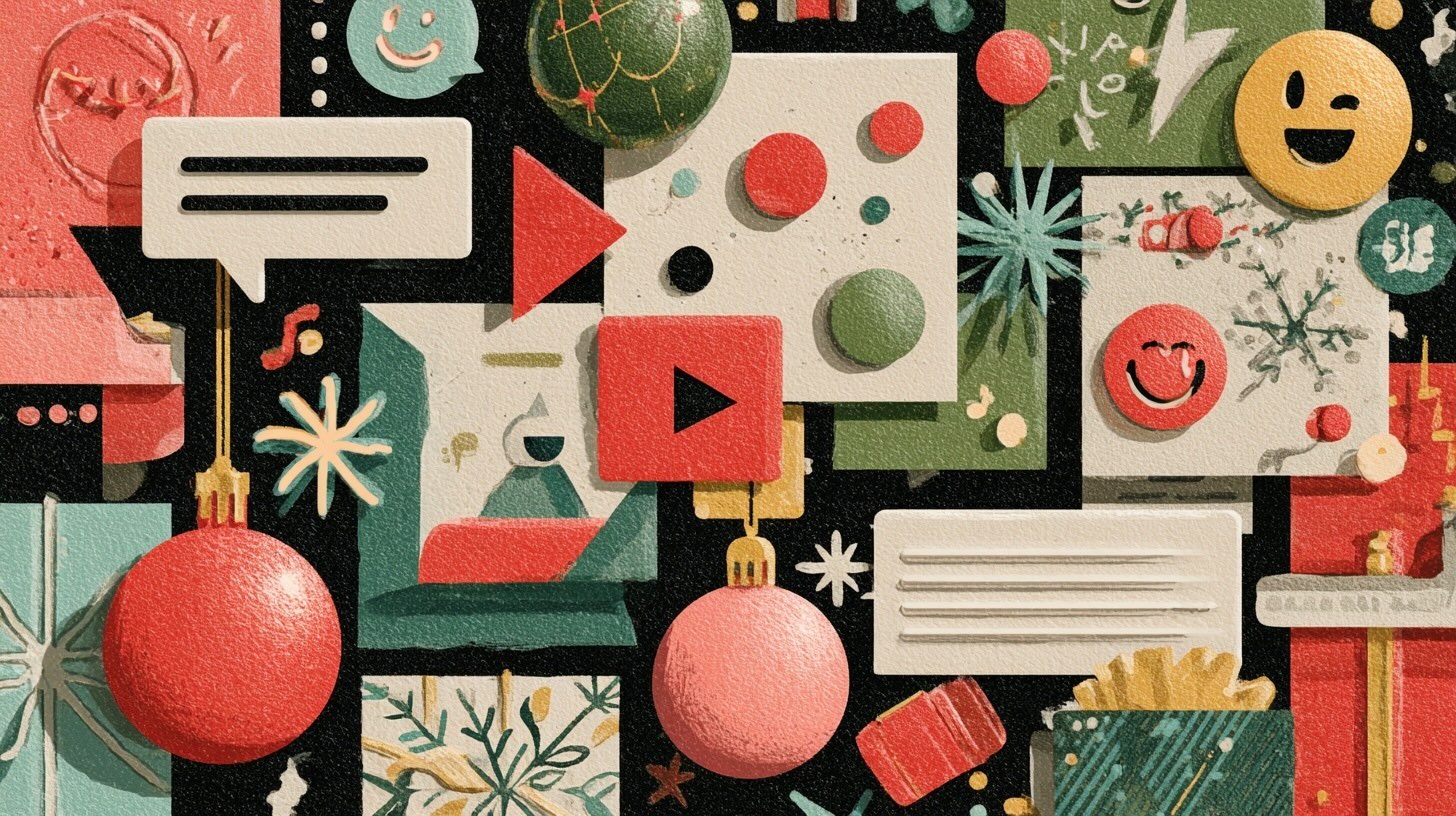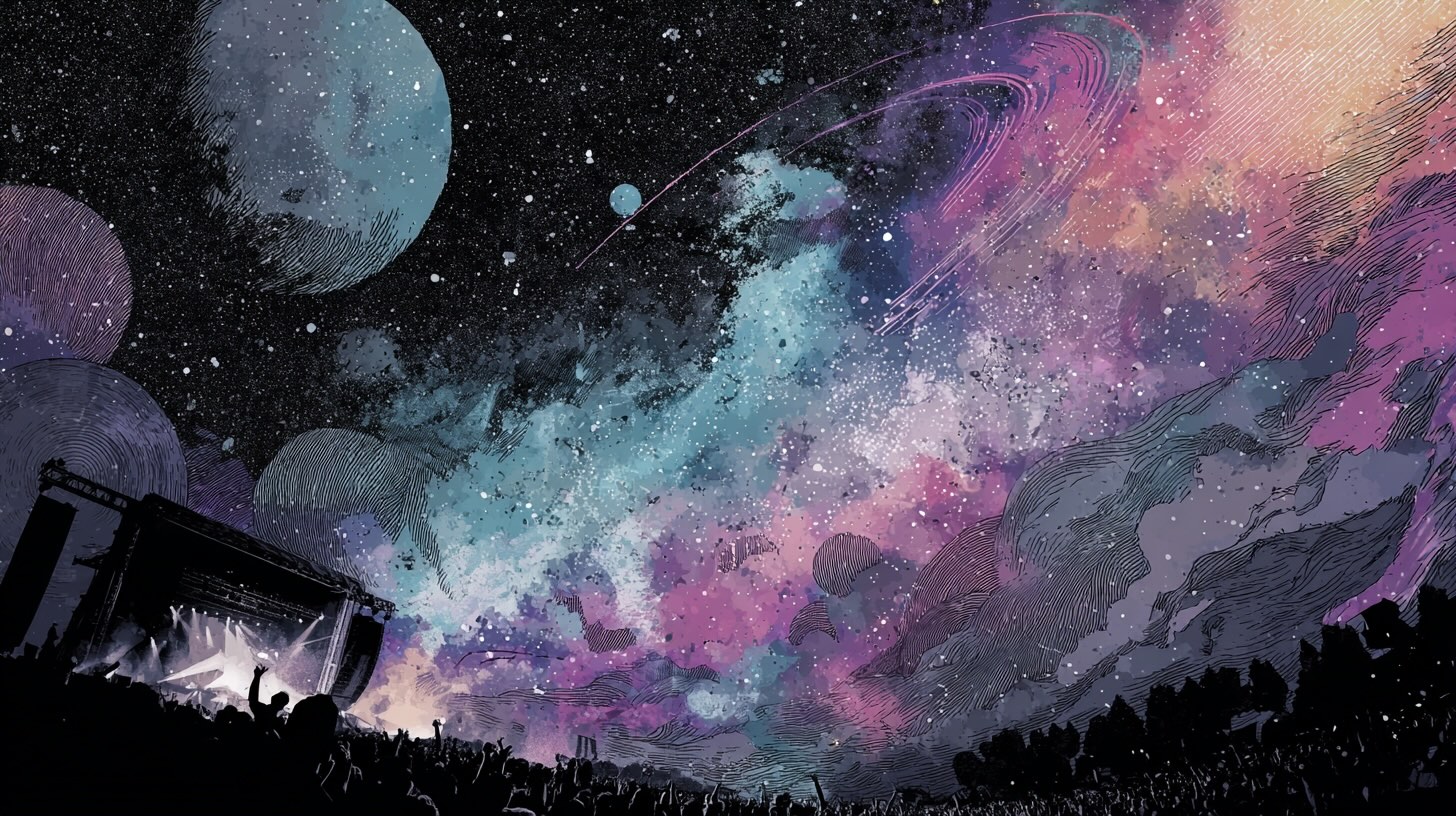Almost all producers have been on the receiving end of a creative idea, storyboard, moodboard or shot list and there it is—a direct callout for an animal. Instead of getting worried about all the what-ifs of working with animals, at redpepper, we get excited, knowing that we have enough experience to handle any curve balls that come our way. Here are a few things we’ve learned that help us prepare and make the work as seamless as possible:
Casting
It all starts with casting. Just as if we’re casting human talent, working with animals requires casting the right talent for the role. These are some pro tips that guide our process:
- Find an animal casting agency or trainer. The best chance at a successful shoot day is to go through an animal casting agency or animal talent trainer/handler. Doing this will ensure that the talent is up to snuff.
- Cast multiple animals for each role. Working with animals can be unpredictable, so we hedge our bets at the start and cast at least 2 animals per role so that we always have a backup when the time comes (and it will).
- Don’t skimp on the budget. The animal budget, including casting, training, session and usage fees, and handler fees is a critical factor as to whether or not we’re going to have a successful production day. Trying to cut corners here could incur long delays, potentially leading to hefty overtime fees or even add another production day.
I can’t emphasize enough how important casting is. It was especially crucial when we were producing visuals to help evolve the CESAR® brand and needed to cast multiple talents for their iconic Westies and more. We found just the right pups for the job.



Pre-Production
Now that casting has been finalized, the real fun starts—good ol’ preparation. Any good producer will tell you there is no such thing as too much preparation, especially when working with animals (or small children—but that’s a subject for another time). The better our team, the animals, trainers, and handlers come prepared, the smoother production day will run.
- Prep with the team. Before we get to set, we know the exact role of each animal and what’s expected of them within the creative and during the shoot. We get all of our thoughts about specific directions for each setup down on paper and make a plan—which involves creating a shot list for every setup, including any alternates we may want to try. If it’s too much to accomplish in the allotted time, the Assistant Director, Handler and Producer will let us know and work closely with the team to make a plan to ensure everyone, including the client, leaves happy. Rule of thumb—always add in a little extra time to the shot schedule for setups utilizing animals.
- Add extra time in the pre-production schedule for training. Once the shot list with specific actions for each animal is finalized, the trainer or handler will need time to work with each animal to train them on their actions. Although casted animal talent are typically well trained, they are all each good at certain things and may need more time to master actions that are not part of their typical routine. The more time handlers have to train ahead of production the better.
- Make a day-of logistics plan specific to each animal. Just the same as for human talent (green room, hair and makeup, wardrobe), animal talent will need their own plan and space. Animals should be kept away from the hustle and bustle of the set, in a quiet and cool space so that they can relax, nap, and play between shots.
When we were capturing photos and video for a brand awareness campaign with Varonis, additional prep and training time really made our spot a success. Without it, we would not have been able to integrate our Great Dane into the existing pack of working dogs. And it just wouldn’t have been the same spot without him.



Production
So we’ve finally made it to shoot day. There are a few key things to remember when on set with animals, and part of our responsibility is to make sure all teams attending (production, agency, and client) know the ground rules for having animals on set.
- The animals are there as talent, not pets. Working animals should be treated just the same as human talent. That means no touching or petting, no picking up and holding—basically, we try not to interact with them. They are there to work and are trained to do specific actions, led by their handler. Any distractions could mess with the flow of the schedule, break the concentration of the animal, and cause delays.
- One exception to this would be for on-camera human talent. We set aside dedicated time for our human talent to meet and get comfortable with our animal talent to ensure good chemistry once the cameras are rolling.
- Follow the lead of the handler. The handler knows the animals best and how they work, so we give them time to work through the shot until the animal gets their action down. If something isn’t working, we allow the handler to make suggestions first before calling out actions or trying something new. If there is a need to pause and collaborate as a team, we ask the handler to take the animal to their holding area before gathering as a group to work on a solution.
- Schedule in lots of breaks for rest and play. In between setups, we allow the animals to be removed from set and taken to their dedicated quiet space for rest or play with their handler. Making time for plenty of breaks will help ensure they are ready to perform once called upon.
- Keep the cameras rolling. Animals can surprise us and do funny and magical things. In my experience, some of the best takes with animals are the ones that are not planned for or executed exactly how they were intended. Just roll with it.
Capturing 12 dogs in a single day? That’s exactly what we did when we worked with DTC brand Puppo to disrupt the dog food industry. The handlers working with our team kept every pup in line and on task while our production crew kept rolling, so we never missed a moment.

Keeping these things in mind as we plan helps the day flow as smoothly as it can. Although working with animals is always a challenge, it’s a fun one that we’re always up for. Want to explore incorporating animal talent into your next campaign? Drop us a line.


%402x.svg)

.svg)
.svg)
.svg)



%20(1).avif)




